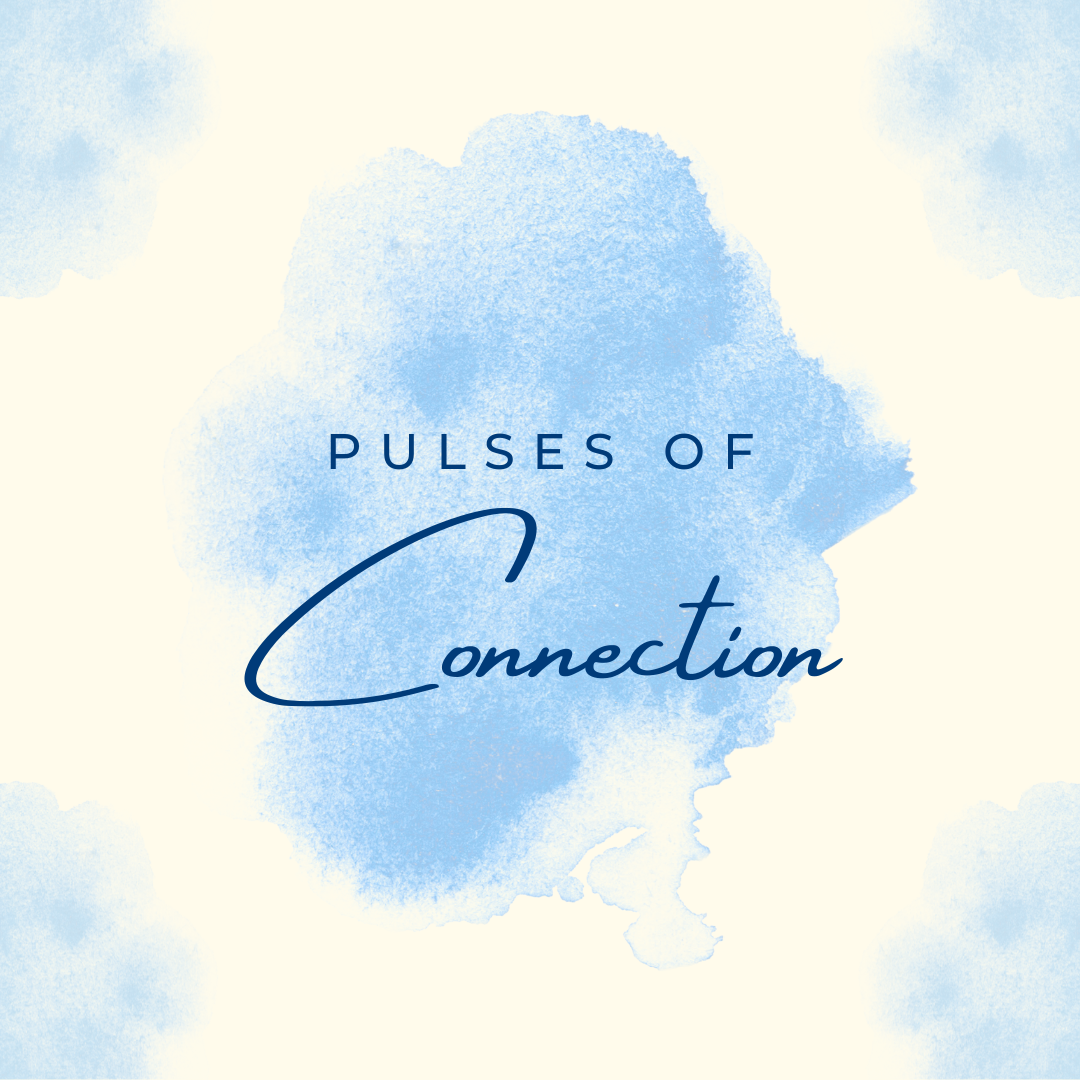Trauma, a word that often evokes strong images and emotions, can affect all. We oftentimes tend to think of trauma in the conventional sense, with imagery of bloodied bodies or scenes of health professionals striving to resuscitate a patient in vain. This has been how trauma has been popularized and how we have come to define drastic events that leave often irreversible imprints on our lives.
But trauma can also be inflicted on the micro scale — to the mind, to the body and to the spirit itself. Oftentimes, we tend to sideline these transgressions, but their accumulation can damage our sense of wholeness and peace with both ourselves and the world. Our initial response to large-scale trauma, usually on the physical level, is the fight or flight response. The sympathetic nervous system amps up the flow of blood to our heart, lungs, brain and other organs as a survival mechanism.
A multisystem framework called allostatic load theory has examined how differences in accumulative burdens of chronic stress and life events impact stress-induced biological risk. Allostatic load has been demonstrably higher in low socioeconomic groups, thus providing a potentially more concrete biopsychosocial perspective to quantify health disparities. While allostatic load does address the impacts of cumulative stress, we have yet to pinpoint the underlying variables contributing to it. How do we respond to such micro-traumas, those that leave invisible bruises on our minds and conscience? How do we palliate deep-rooted traumas that cannot be cured by stitches and casts? These continue to wage physical effects as well, beyond the surface of our bodies.
We might begin to leverage the mind-body connection to transform traumas and address both their biological and psychological wounds. As research into mind-body medicine expands, studies are uncovering how simple changes in thought patterns and mindfulness practices can repair neural connections, as well as improve the integration of thoughts and feelings. A recent review published in the Journal of Psychiatry and Neuroscience highlighted how mindfulness-based treatments for PTSD helped target and ameliorate dissociative symptoms. Although more investigation must be done, this is a promising indication that restructuring thought processes can tangibly impact neurobiological circuitry for the better. The connections between mind and body are inescapable and undeniable.
In fact, methods as simple as reframing negative, self-defeating thoughts and smiling more often can protect against the inflammatory damage that is a long-term consequence of both micro-traumas and macro-traumas. A meta-review published in 2014 by a team of U.K.-based researchers highlights several studies that have demonstrated positive emotional states enhance the immune system and response, such as higher lymphocyte counts and lower inflammatory cytokine levels. Encouraging self-tracking of coping patterns, such as through dedicated journaling and reflection, can also allow us to monitor our progress more atomically — piece by piece and step by step.
Whether as a practicing clinician, a medical student or as a patient, individuals involved in the delivering and the receiving of care can spark immense positive change in the process of addressing and treating trauma on any scale. The patient-provider relationship, one of the most intimate connections in our lives, is well-situated to introduce mindfulness in conjunction with other treatments. As they seek to bring lasting improvements to patients’ lives, providers can work to better listen to patients’ narratives and introduce mindfulness practices centered on the types of traumas that patients are grappling with.
For patients with PTSD in particular, mindfulness-based treatments may be a valuable alternative to traditional trauma-focused treatments such as cognitive processing therapy (CPT). Mindfulness-based stress reduction (MBSR) emphasizes a “present-centered” approach, focusing on accepting the flow of thoughts and emotions in the present moment. Rapidly gaining traction among mindfulness-based treatment approaches, MBSR is generally eight weeks of two-hour group sessions and an entire day of silent meditation at week six.
The sessions cover approaches such as yoga, discussions about coping with stress and mindfulness meditation. For patients with major depressive disorder, mindfulness-based cognitive therapy (MBCT) emphasizes a decentered perspective to enhance patients’ awareness and improve relationships with their thoughts. MBCT is used to pinpoint and reduce a set of residual symptoms in order to prevent relapse. While there are several other treatment approaches under investigation, these have demonstrated effectiveness across a range of psychiatric disorders apart from MDD and PTSD.
In the process of bettering ourselves as clinicians, especially when going through the difficulties of training, it is important that we first try to actively recognize how our traumas are embedded in our consciousness. Through our life/relationship experiences and the volatility of our environments, we are all bound to come across traumas of the mind, body and spirit.
But only upon recognition can we begin the healing process by leveraging the powers of our mind on our physical body. And the more skilled we become at recognizing and healing micro-traumas, the better partners we can be to our patients in the journeys of overcoming their own. In its own right, the illness experience itself is a trauma, one that penetrates deep into our understandings of health across many dimensions. It demands recognition through dialogue, one that is vulnerable and intimate.
Combining the power of allopathic treatments for immediate symptoms with mindfulness-based approaches for the more deep-rooted underpinnings of symptoms, we can bring about not just curing, but deeper healing and care.
Image courtesy of Mili Dave.
Pulses of Connection is an attempt at delving into mind-body connections in medicine. This column will strive to emphasize how mobilizing the deep connections between our mind and physical bodies can enhance our sense of oneness, health, and well-being. Through narrative and exposition, I will explore how practicing physicians, medical students in training, and premedical students can integrate mindfulness in their lifestyles, as well as how such approaches can be crafted to bring healing to our patients.

